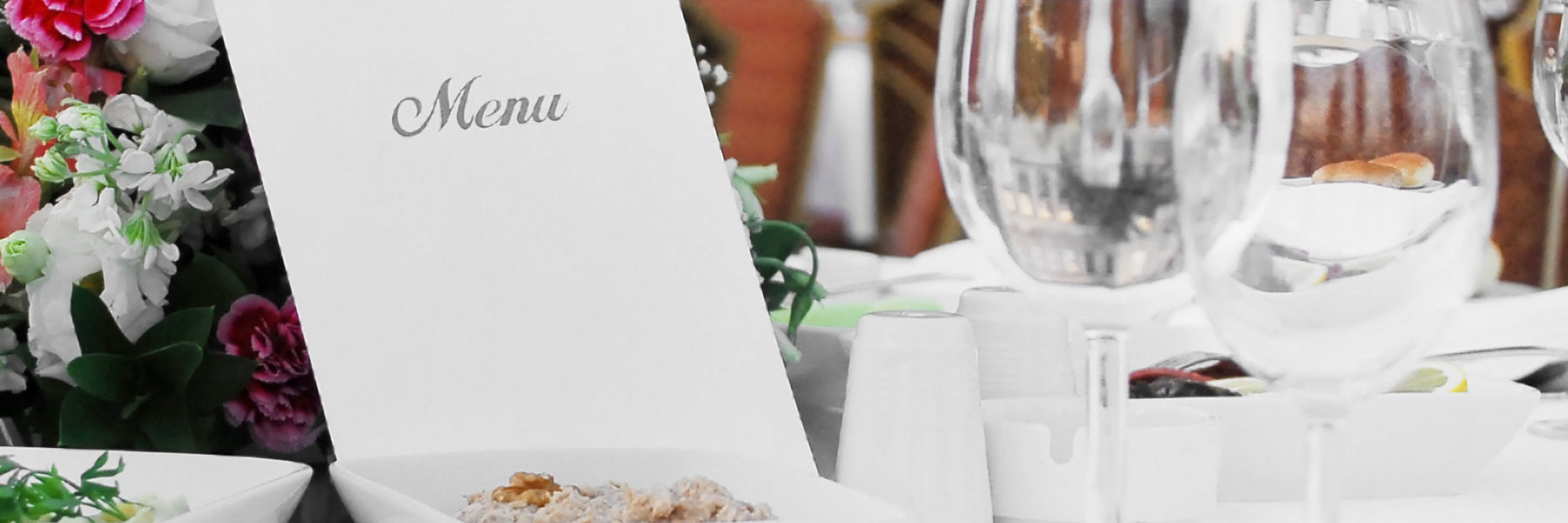Everyone who has eaten at a restaurant has come in contact with one of the most powerful marketing tools on the planet: the menu.
A well-thought-out, well-designed menu can drive sales, increase profits, and build customer loyalty in ways that few marketing methods can.
Given how menu design and production is now a multimillion-dollar business, it’s remarkable to think that prior to 1971, menus were largely an afterthought in the culinary world. The first book on the psychology of menu design was published that year. The book, “Menu Design,” by the late Albin Seaberg, was the first to show how gaining the customer’s attention could induce them to purchase items that provided better net revenue for the restaurant.
In practice, Seaberg and others in the industry that followed him were taking lessons learned from display advertising and applying them to a written document. For the first time, design elements were used to draw the eye to expensive drinks and high-value dinner specials. While it is now inconceivable that dinner menus wouldn’t use these techniques, it took time for restaurants, including large chains, to adapt to the new design-driven selling approach. As late as the mid-eighties, the Bennigan’s chain rather famously still had a 14-page menu with the higher-priced entrees in the back.
Nonprofits can learn much from the restaurant menu. Just as every restaurant has the menu as its primary point-of-sale marketing tool, a beautifully designed and well-written case statement serves as the heart of campaign communications. These statements are often a campaign’s central document, containing the larger messaging, graphic identity, and stories that tie the goals of the campaign to the organization’s greater purpose.
Menus have other lessons to teach fundraising communicators.
The first of these is that while having some giving options is a net positive, having too many choices dilutes giving. Just as a wine list that goes on for several pages overwhelms most diners, having too many options in a case statement can make it impossible for a donor to decide. Indeed, researchers have found that there is a sweet spot—having a handful of choices leads to maximum giving.
Communicators, marketers, and designers working with annual giving teams can also learn a valuable lesson from our restaurant industry colleagues. It’s ideal to both limit the number of choices and keep the possible gift amounts simple. And that includes using whole numbers. For instance, according to Round Giving: A Field Experiment on Suggested Donation Amounts in Public-Television Fundraising, changing a gift amount from $100 to $95 reduced the number of gifts larger than $90 by early a third.
The next time you dine out, take a good look at the menu. Take the time to really notice this perfect sales tool. Every feature in a well-designed menu is created to sell you and to raise the amount you spend. There are lessons there for fundraising communicators, ones that can help us make a real difference in philanthropy for the organizations we serve.
At BWF, we’re constantly looking at menus and taking inspiration from excellent corporate communications. We then share these lessons with our clients, strengthening their work and helping them impact their communities. We’d welcome the opportunity to do the same for you. It’s a privilege to help. Contact us today at jwilson@bwf.com.




